Question: I’m going to see a horse for sale tomorrow. The trainer is using a shank bit because it makes the horse soft. I’m not familiar using them: I’ve always used french link snaffles or some equivalent. Why do trainers move into harder bits?
Response from April Reeves: When I hear of anyone using a shank to get softness I get a multitude of red flags.
The use of a shank bit is not for softness. Softness comes from correct training that utilizes the mind to create that softness. It does not start at the physical head or the body.
Shank, or what I call, “finishing bits” are the graduated step of an obedient horse. They are for horses that have a high level of responsiveness and are usually at the end of their training, not the beginning or middle.
Let’s go over the difference between “light” and “soft”.
“Light” is a way of training that gets a horse responsive and obedient. Light happens through training methods that create a body that bends and moves correctly with each request you make. Light requires great skill on the riders part. It also takes consistency, patience and time in. If any of those 3 items do not interest you, “light” will never happen.
“Softness” comes from the mental state of the horse. I believe horses either have it or it could be a tough road to acquiring it. Soft comes from the desire within a horse where he/she is willing to do the work. You don’t always connect with softness right away: I am currently training a horse that had some work on it before I got him, and he is beginning to show a very soft side, finally. As a trainer, you can either bring this out, or shut it down forever. Your mannerism and style dictates the end result. This horse appeared to have had work done on him before me, but the work seemed rushed. Once I backed off and started from scratch as if he had never been handled much before, his soft side came out and he’s now learning much faster. However, I was not going to discover this until I got into the work. It was around 30 days, of working slowly twice a day, to where I finally found it.
I have seen many nice horses (body and conformation), but they had hard minds. It doesn’t matter where or how that happened: it could be from genetics or poor starting, but unless the horse is so amazing you can’t pass it up, you had better be willing to double the time needed to get “lightness”.
If you start with a soft horse, and you are consistent, patient and have the skills, you will get light very quickly. Light follows soft.
So if you see a horse in a shank bit to create “soft”, step back and ask where the hole in his/her training is, because harder bits are never used to soften or lighten a horse. Your end result will always come out to be a tougher mouth (mind) than you started with. If you can’t get “lightness” from your training, or you can’t bring out the softness in your horse, no bit will save you.


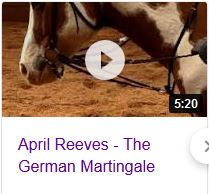
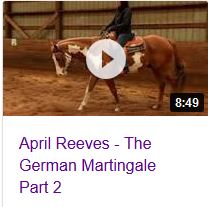
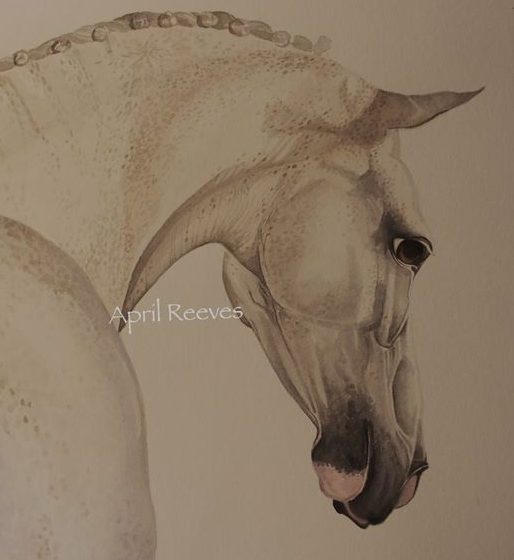

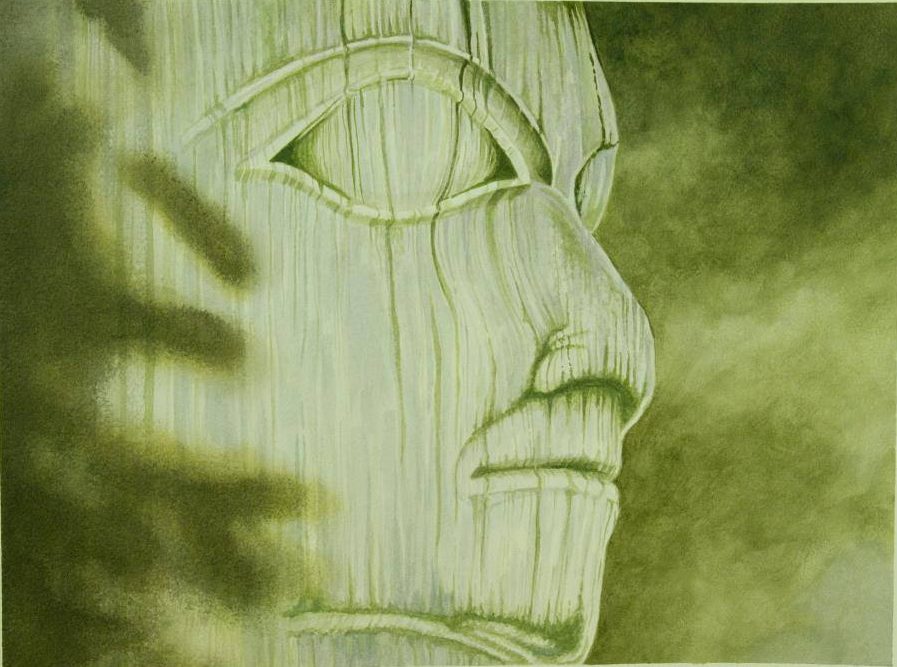
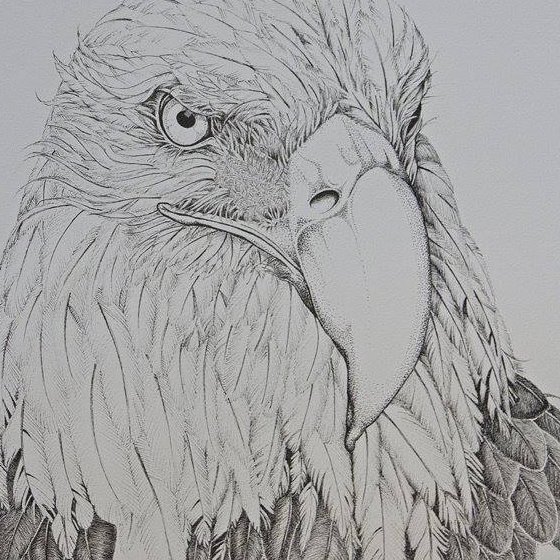




I have a Missouri fox trotter and use a bitless bridle on him. As a 4 year old he really tensed up with my french link snaffle and when I put on the bitless he totally relaxed. I am working on getting him softer and softer and he is responding well except on trail rides with other horses then I have a whole different horse who wants to tail gate and gets excited that he will be left behind and feeds off the other horses and their excitement. I end up getting heavy handed to get his attention. Any suggestions? I guess part of my point is that even in a bitless you CAN get softness but do need help on group rides.
It’s always about obedience, and that comes with a great amount of time on flat work. You know you haven’t put in enough time when the horse isn’t obedient in circumstances that he’s not familiar with. The amount of time it takes to get a horse consistent can be years. What I wouldn’t do is keep pressure on him, especially his face: that’s teaching him to resist, and you lose the lessons and all the work you’ve been doing prior. Everything you do communicates. Everything you try is teaching. Make it count for a positive result. All our horses habits, good and bad, are from us.
When I ride horses like that, and I’ve ridden a few for people lately, in the same circumstances on trails, I put the horse out front in the lead, and drop the reins. Just let the horse move the way he feels he needs to. Do this long enough and they soon lose the need to feed off of others, as the lead horse has to keep his brain intact more so than the followers. When you let go, you give the responsibility over to the horse. This sets up the lesson for the horse to teach himself how to manage the trails. If a horse spooks, I softly and quietly bring him back to position and carry on.
When I’m on an energetic horse, I soften and drop all control. Doesn’t mean I don’t have any: I can pick up those reins any time I need to. What I’m not doing is nagging the horse and not getting results. That’s the worst thing you can do. If you try to slow them down 3 times with no result, you’ve destroyed your teaching prior. You must get results immediately. Otherwise, you need to switch training methods and soften. Try it; most people tend to cling and stay on a horse’s face, but when you get off the face and leave the horse alone, you get better results.
Hi April
First, thank you for your replies and comments, they are so appreciated. Horses can and are a frustrating animal at times. I have been really working hard on my foxtrotter and his ground work is fantastic in the round pen. I take him into the 1/4 acre pasture and his speed comes up, head comes up and he in on the muscle. I circle him gently until he slows but he is much better in the sandy roundpen Going out on trail by himself he is good. Going out with other horses he is still very inconsistent and I have really tried hard to get off his face, put him in front and me relax! (Not so easy)
He has been such a good horse up until this past year and I feel that, now that he is ten, he has gained lots of confidence in himself which he did not have before and is not relying on me as the leader. Last weekend while riding with 3 other riders, me in the lead for the first 2 hours, we changed positions and I went second. Scooter’s head came up, he got on the muscle, and going up a hill he bolted up until I caught him with a one rein. I just don’t get it. Seems like I am making progress and then this happens. I am really getting discouraged at 63 years old and riding for 30 years I am at a stand still and really don’t want to get hurt. I am a good balanced rider, have a well fitted saddle and have checked out his back, legs etc for any indication of a problem. None. I keep reading over and over your articles and working on following them but am at a standstill. What am I missing? Sure could use your help. Thanks so much, have recommend you many times to my riding friends.
Judy
Update on Scooter. I had a friend come and ride Scooter and he put a Tom Thumb bit in him ride him all over my place at a canter and lots of circles but gentle hands and brought back a different horse. I have ridden him twice since then and it has been great. I love my bitless but at this point
in time he seems to need a bit. Went out with friends, he started to speed up a hill with leaves rustling behind us and I gently picked up left then right rein and he settled right back down, head down, perfect horse. Went out again with a buddy whose horse was a wild man and usually sets Scooter off but he was absolutely perfect! Head down, totally relaxed and I think he LIKES the bit! I have been doing what you said, leaving my hands very quiet and having no pressure on the reins unless necessary and he seems very content. Thanks April for your website, you have helped me so much. :)
You’re welcome Judy. Stay in touch.